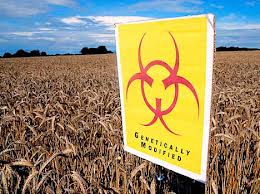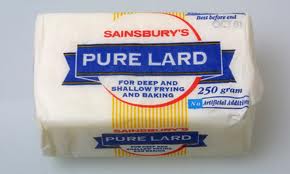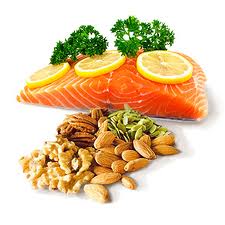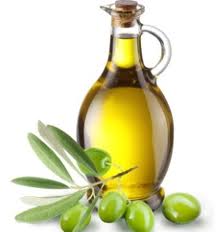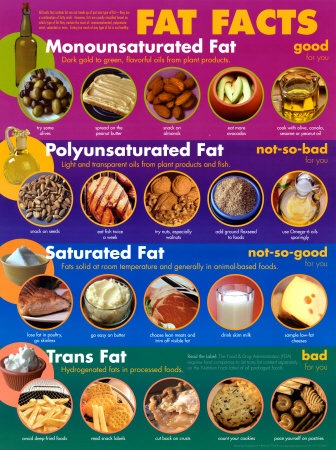Questioning what we’ve been taught, told and sold
After my last blog on deciphering the different types of fats, I was challenged to question what I have been taught in school for dietetics and told by media and marketing. I actually enjoy looking at other sides and reviewing controversies to see what else is out there and maybe even change my stance on what I once believed to be true, never doubting teachers,scientists or research. I think it is eyeopening and compelling the amount of research and literature out there supporting a truly organic diet that does center around fats from animals. There are health benefits that I am only just beginning to learn about because for so long I had my back turned to them. This is just one of the ways I am questioning food and food production right now. I think it is wonderful to question our teaching, our researchers and most importantly to question the places we are buying our food from. We have all the tools in front of us to make up our minds on what we will eat and therefore what the outcome of our health will be. But you have to be willing to change your mind and question marketing and advertisers and people trying to make a buck off you by passing their product off as pure and healthy. These are the people who are cheapening our food supply and getting the best of our integrity by brainwashing us in the most vulnerable way, by tricking us to eat their product. We can’t just walk blindly into the supermarket and trust any product we put in the cart. We don’t live in that world. No one should control what you eat but you. Ask questions, and never stop.
Some current topics of interest to think about:
Animal Fats– Video by Weston A. Price Foundation http://www.westonaprice.org/beginner-videos/traditional-fats-and-sacred-foods-video-by-sarah-pope
Video by Dr. Mercola http://www.youtube.com/watch?v=i9yFDJpeBWA&feature=player_embedded
Genetically Modified Organisms- This is an article on GMO and where the GE Food Act stands as of now. Also, a quick breakdown for those who don’t know. http://www.guardian.co.uk/commentisfree/2012/jun/13/california-gm-referendum-change-america-food
Grocery store – This is a clip from the documentary Food Inc. http://www.schooltube.com/video/66aa3cbb5d91038dfda3/

